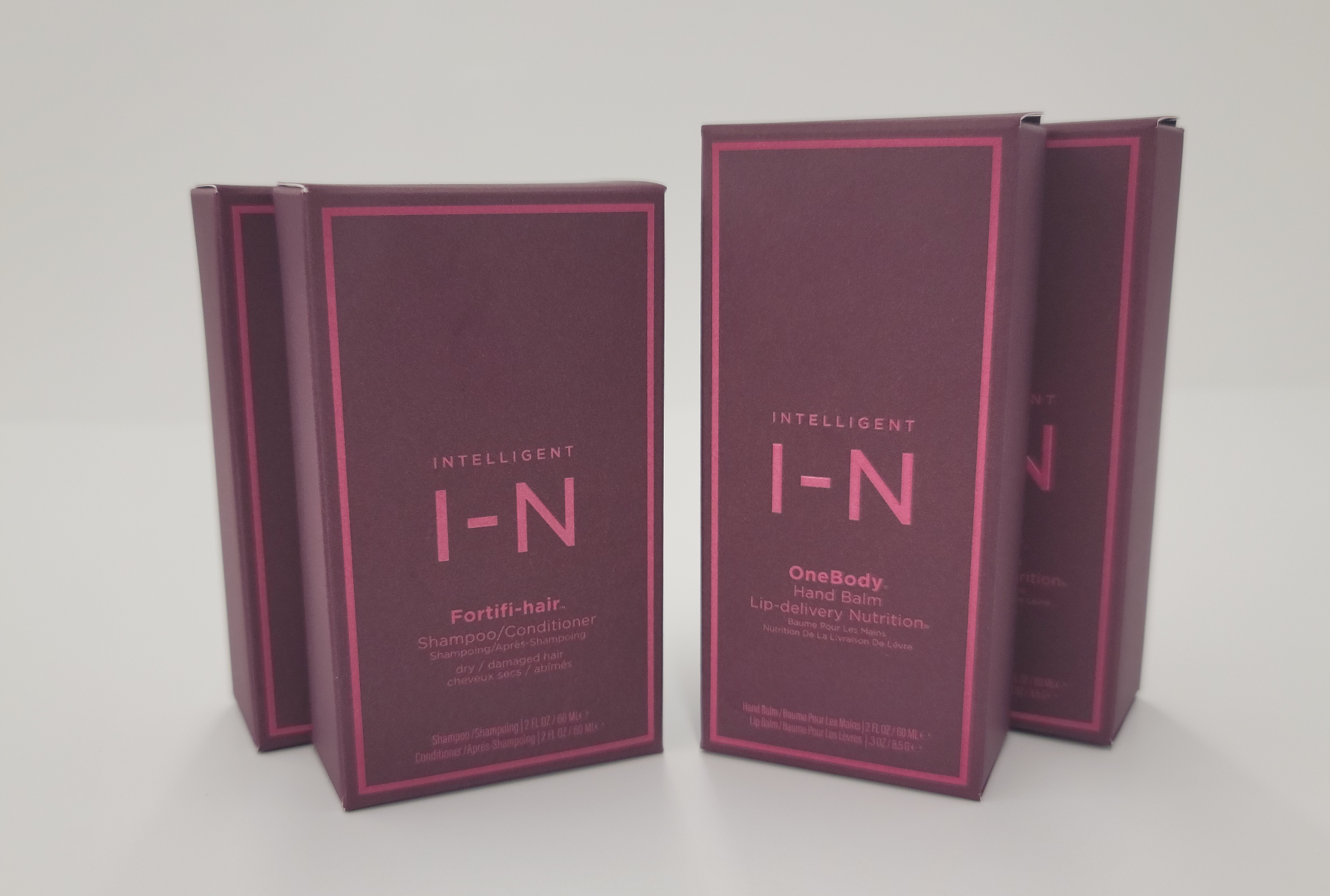Direct mail is one of the most effective channels in a marketing team’s toolbox. Consider for a moment that the average person receives 16 pieces of mail per week versus more than 600 emails. Each piece of direct mail has a life span of approximately 17 days versus the 17 seconds for an email. With the ROI for direct mail reported to be 29%, it’s easy to see why more companies are making a return to direct mail marketing after the shine of digital marketing wears off.
Direct Mail is Trustworthy
The secret to direct mail is that people put more trust in it over digital marketing. Three out of every four participants (76%) of a recent survey reported trusting advertising they received in the mail more than social media advertising. It has a tangible quality that allows recipients to hold onto it for days, unlike the fleeting nature of some online advertising.
Direct Mail Sizes
Direct mail covers many different categories, from postcards and brochures to catalogs to magazines and everything in between. They can be stand-alone pieces that are self-contained, known as self-mailers <link to an image> or inserted into envelopes, polybags, or shrink-wrapped. For USPS machinery requirements, it’s advised to keep direct mail pieces between 4.25” x 5.5”.
Direct Mail Materials
The most common type of material or substrate used in direct mail is paper. Knowing what kind of paper to use can be tricky, so when in doubt, ask to see samples before making your final decision. Helpful terms to understand are:
Basis weight – paper is measured by weight per pound per ream cut to size by inches
Coated – paper that has been treated with a coating to add additional properties such as durability or shine and typically improves ink holdout for a sharper image
Cover – a heavier-weight paper that is more durable, like the name implies, and is suitable for booklet covers, postcards, business cards, rack cards, etc.
Ream – 500 sheets of paper
Smoothness – the flat and evenness of a paper’s surface
Text – this is a general paper term used to describe a variety of paper grades but often applied to booklets and programs
Uncoated – paper that is not treated or coated
Varnish – a thin layer of coating that is applied to paper to protect it or make certain elements stand out
Post-consumer waste (PCW) – the amount of recycled content used in making the paper
Digital of Offset – which process is best?
Direct mail is mainly created using either digital or offset printing. Digital printing is great when you need to run a smaller quantity of print pieces with a quick turnaround time. The process involves using a powder toner or liquid ink that allows your design to be directly applied to the material surface. Digital printing is great for personalizing print pieces by using variable data to allow greater flexibility and targeting. Offset printing is used for larger volume print runs and involves more steps but has its own advantages and cost savings. This process relies on a system of metal plates created for each color in the CMYK process (Cyan, Magenta, Yellow, and Black). Your image is then transferred onto your materials by each process, giving you a crisp, high-quality finish.
Direct Mail Folds
Creative folding allows you to get the most out of your direct mail piece without exceeding USPS size restrictions. Bi-fold and tri-fold are great basic folds, but why not wow your customers with some clever and inventive folds that capitalize on your design. Gate folds, accordions and even twists are achievable when working with the right print provider. Trish Witkowski of Fold Factory is known throughout the design and print industry as the queen of folds. Check out her website for featured folds and templates for ideas to use in your next designs.
With direct mail, the possibilities are virtually endless. Let Dolan Printing show you how we’re #visiblydifferent. View our gallery to see examples of our work or contact us today to see how we can help you with your next direct mail campaign.





